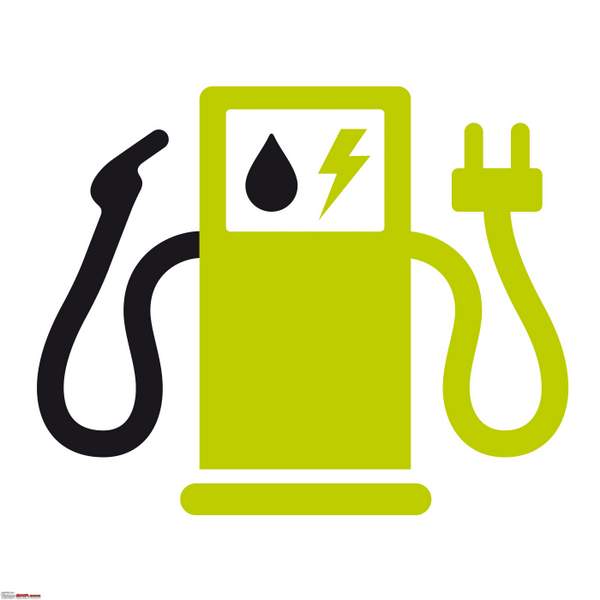Watching Elon Musk’s dramatic unveiling of the Tesla Semi drives home the imminent changes in Class 7/8 trucking. New entrants in the electric truck manufacturing space like Tesla, BYD, Lion Electric, and Nikola join established manufacturers like Daimler, Volvo, Peterbilt, and Kenworth, racing to lead in battery electric vehicles (BEVs). Utilities, funding agencies, OEMs, and equipment vendors also collaborate to address the dearth of heavy-duty charging stations to the tune of $1B+ in commitments.
Gladstein, Neandross, & Associates’ State of Sustainable Fleets 2020 Report provides an exhaustive exposé of not just BEVs, but the state of Hydrogen Fuel Cell, Natural Gas, and Propane trucks, all of which are looming large on the near-term horizon. The Sustainable Fleets Report paints a rosy picture of a sustainable future for heavy-duty trucking, but it also delineates the myriad obstacles to remove before realizing this green nirvana.
Sustainable technologies compete with the traditional workhorse of heavy-duty trucking – diesel internal combustion engines (ICE); interestingly, ICEs supplanted actual workhorses approximately 100 years ago.
Diesel ICEs have benefits that newer technologies cannot yet overtake, including:
- Rapid refueling
- Long driving range
- Inexpensive onboard fuel storage
- Low fuel cost
- Highly available fuel supply
- Affordable vehicle purchase price
- Good torque and acceleration
- Sustained power output
- Low vehicle weights to accommodate diesel – support maximum payloads
- Widespread service and support
The downsides of diesel include fuel cost volatility based on geopolitical factors, polluting emissions, and maintenance complexity. The greener technologies largely address diesel’s weaknesses but cannot compete with the benefits of diesel. Renewable Diesel (RD), a non-fossil fuel drop-in replacement for diesel that addresses emission concerns, is becoming more prevalent. New diesel engines are significantly more efficient and clean-burning than older engines. These advances in diesel technology blur the benefits of sustainable technologies.
This isn’t a screed arguing diesel-forever. However, sustainable technologies likely need approximately a decade to advance and mature before they operationally overtake diesel. What’s a responsible fleet supposed to do during this decade in limbo? Plenty. Instead of holding off making purchases to avoid the Osborne Effect, fleets can save significant money by reducing fuel usage.
Some cost calculations:
- Current national average price of a gallon of diesel fuel: $2.36
- Diesel engines average 5.98 miles per gallon
- Long-haul trucks average 100,000 miles per year
- Average cost of fuel: $39,465 per truck per year
Fuel costs are the second most significant for fleets after driver salaries. Although every fleet is different, they are united in a universal desire to cut costs. These are a set of immediate actions fleets might take to save money and, perhaps, use to fund Tesla Semis:
- Buy a new truck – Cummins produces diesel engines up to 5% more efficient than older models. This might not sound like much, but it would save close to $2,000/year/truck using the previous fuel calculations.
- Reduce idling – Tremendous amounts of fuel is wasted when a truck is parked and idles to power the heating, cooling, and power needs of a sleeper cabin. According to the US Dept of Energy [date], idling a heavy-duty truck consumes about 0.8 gallons of fuel per hour. Using our calculations above, fuel for one 10-hour rest period will cost $19. Typically, a long-haul truck idles about 1,800 hours per year, using about 1,500 gallons of diesel ($3,540). Add-ons like Auxiliary Power Units (APU) greatly reduce idling. In place of aftermarket add-ons, putting drivers up in hotel rooms might save money and increase driver satisfaction.
- Increase Operational Efficiency – Investing in lighter-weight powertrains, suspensions, frames, fifth wheels, and other componentry could reduce tare weight 2,000-4,000 lbs. This enables a truck to carry additional payload or reduce fuel costs by running lighter. Two-truck platooning, where trucks follow at a 40′-50′ distance, could reduce fuel usage by 4% on the front truck and 10% on the following truck[source]. Driver education is a low-tech approach to increasing efficiency. Fleets could see large savings by modifying behaviors like speeding, idle time, fast accelerations, hard braking, and improper cornering.
- Tires – According to the North American Council for Freight Efficiency (NACFE), underinflated tires are common and could result in a .5%-1% increase in fuel usage ($200-$400/truck/year using the previous calculations). Investing in tire monitoring systems and even automatic tire inflation systems is cost-effective in the long run. Additionally, over a truck’s life, low rolling resistance dual tires will save significant amounts of fuel compared to conventional tires.
- Aerodynamics – Adding items like chassis fairings, drive-wheel fairings, trailer under-fairings, wheel covers, and tractor-trailer gap devices decreases fuel usage. Although fuel efficiency gains from these small changes are modest, they add up over a truck’s life.
All of these recommendations will result in cost savings through increased fuel efficiency. Another benefit is that burning less fuel reduces Greenhouse Gas (GHG) emissions and Nitrogen Oxide (NOx) emissions. Regardless, fossil fuels like diesel will never meet the near-zero emissions standards that governments are mandating. The door is wide open for renewable fuels and more sustainable technologies. However, increasingly efficient diesel engines and ingenious fuel efficiency modifications set a high bar for the new technologies.
